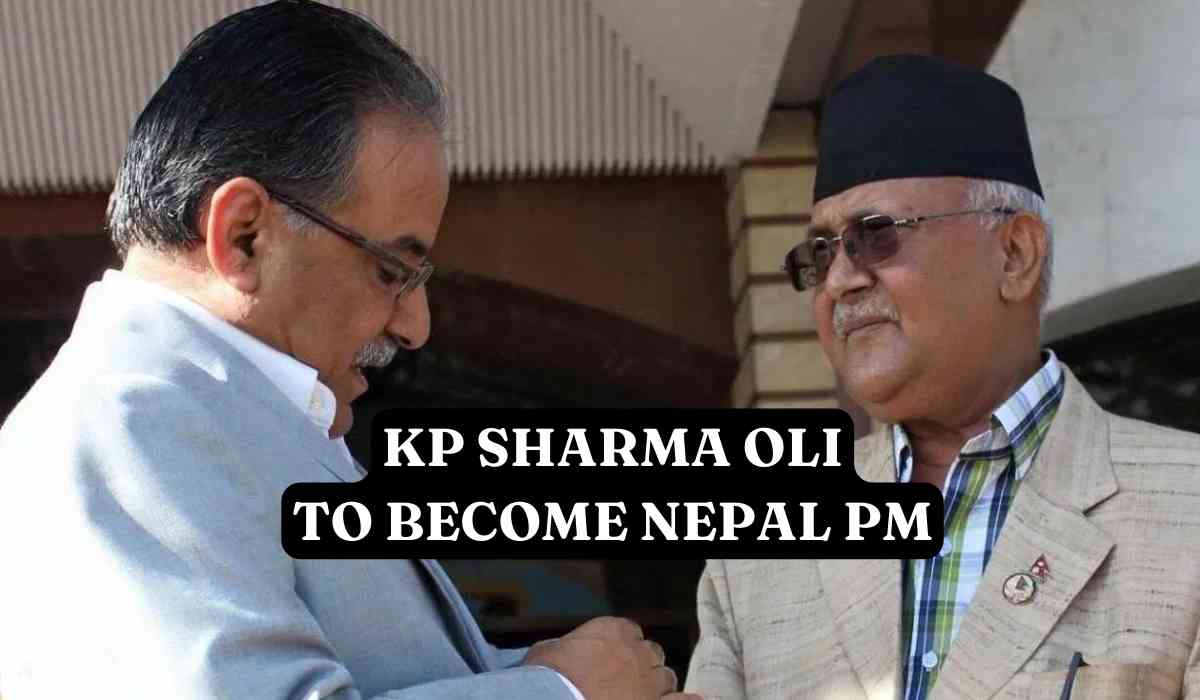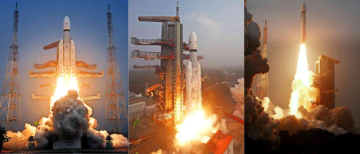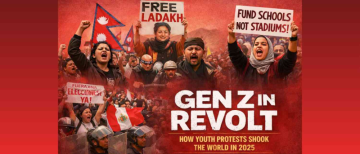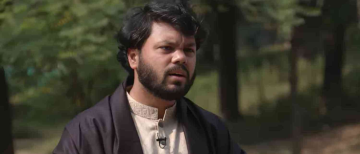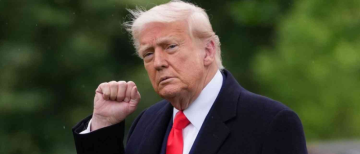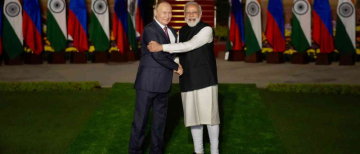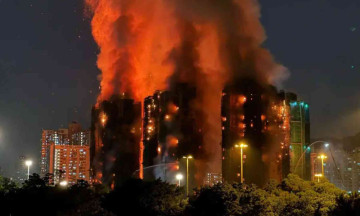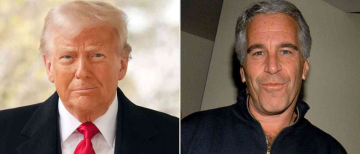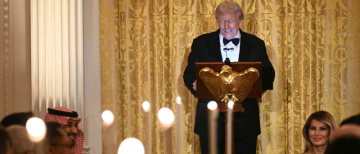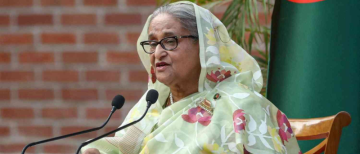KP Sharma Oli, leader of the Communist Party of Nepal (Unified Marxist-Leninist), is set to become Nepal's Prime Minister again following the resignation of incumbent PM Pushpa Kamal Dahal 'Prachanda', who lost a vote of confidence in Parliament. Oli, supported by 165 lawmakers, including 77 from his party and 88 from the Nepali Congress, staked his claim to form a new majority government before President Ramchandra Paudel.
Despite some fringe parties supporting a Congress-UML coalition, Oli’s backing primarily comes from his party and the Nepali Congress. With 89 seats from the NC and 78 from the CPN-UML, their combined 167 seats surpass the 138 needed for a majority in the House of Representatives. Prachanda's CPN-Maoist Centre holds only 32 seats. NC leader Sher Bahadur Deuba has endorsed Oli as the next prime minister, as per their recent 7-point agreement.
This will be Oli’s third term as Prime Minister, having previously served from 2015-2016 and 2018-2021. Nepal, which abolished its monarchy in 2008, has seen 13 governments since then.
Prachanda Loses a Vote of Confidence
-
Background and Context
On Friday, former Prime Minister Prachanda lost a critical vote of confidence in Nepal's Parliament, a development that compelled him to resign after 19 months in office. This result was anticipated due to shifting political alliances, particularly the new coalition between the Nepali Congress (NC) and the Communist Party of Nepal-Unified Marxist Leninist (CPN-UML).
-
The Vote and its Outcome
Prachanda, formally known as Pushpa Kamal Dahal, received only 63 votes in the 275-member House of Representatives. He needed 138 votes to secure the confidence vote, but faced overwhelming opposition, with 194 votes against him. Several political parties had issued directives to their members to oppose Prachanda's motion.
-
Decline in Support
Prachanda's leadership had been marked by instability since he became Prime Minister in December 2022, following an inconclusive election where his party finished third. Despite initially forming a coalition, Prachanda had to seek a vote of confidence four times due to internal disagreements. His support eroded progressively, culminating in this decisive vote.
-
Formation of a New Government
The immediate cause of Prachanda's downfall was a coalition deal struck between the NC and the CPN-UML. Leaders of these parties, Sher Bahadur Deuba and KP Sharma Oli, negotiated an agreement to form a 'national consensus government' aimed at removing Prachanda from power. Consequently, the CPN-UML withdrew its support from Prachanda's government.
-
Future Political Leadership
According to the new agreement, KP Sharma Oli will lead the government for the next 18 months, followed by Sher Bahadur Deuba, who will serve as Prime Minister for the remaining term until the next election. The CPN-UML will control key ministries, including Finance and the Prime Minister's Office, while the Nepali Congress will oversee ten ministries, including the Home Ministry.
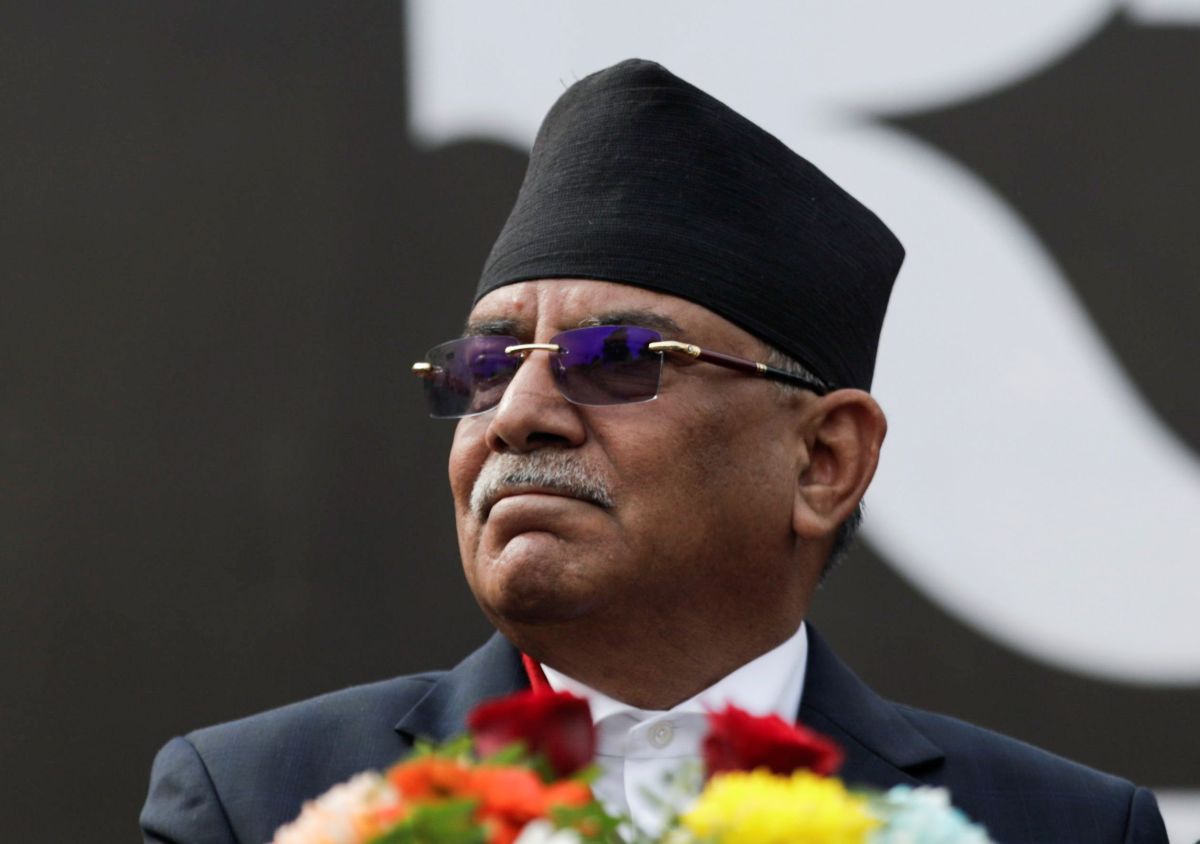
Meet KP Sharma Oli
-
Early Life and Political Beginnings
KP Sharma Oli, a prominent Communist politician in Nepal, has served as Prime Minister twice, from 2015-2016 and 2018-2021. Born in 1952 in eastern Nepal, Oli's political journey began at the age of 12, inspired by Marxist and Leninist ideologies. He joined the Communist Party in 1970 and was soon incarcerated by the Panchayat government.
-
Imprisonment and Early Political Activity
Oli faced several imprisonments, including a 14-year sentence from 1973 to 1987 for his involvement in the democracy movement. He also led the Jhapa rebellion in 1971, marking a shift in Nepal's Communist movement towards armed revolt.
-
Rise to Prominence
Oli gained national recognition for his role in the 1990 democratic movement that overthrew the Panchayat regime. Elected to the House of Representatives from Jhapa in 1991, he became a key political figure, serving as Deputy Prime Minister in 2006.
-
Prime Ministerial Tenure
Oli first became Prime Minister in 2015 but resigned in 2016 after losing a no-confidence motion. His tenure was marked by strained relations with India, especially during the 2015 economic blockade. Oli's second term began in 2018 after his party, the CPN-UML, merged with the Communist Party of Nepal (Maoist Centre), securing a two-thirds majority. However, internal party rifts and his reluctance to cede power led to political instability and his eventual ouster in 2021.
-
Controversies and Nationalism
Oli's tenure was also notable for his pro-China stance and efforts to update Nepal's map to include disputed territories with India. His nationalist rhetoric resonated with many Nepalis, though it also heightened tensions with India.
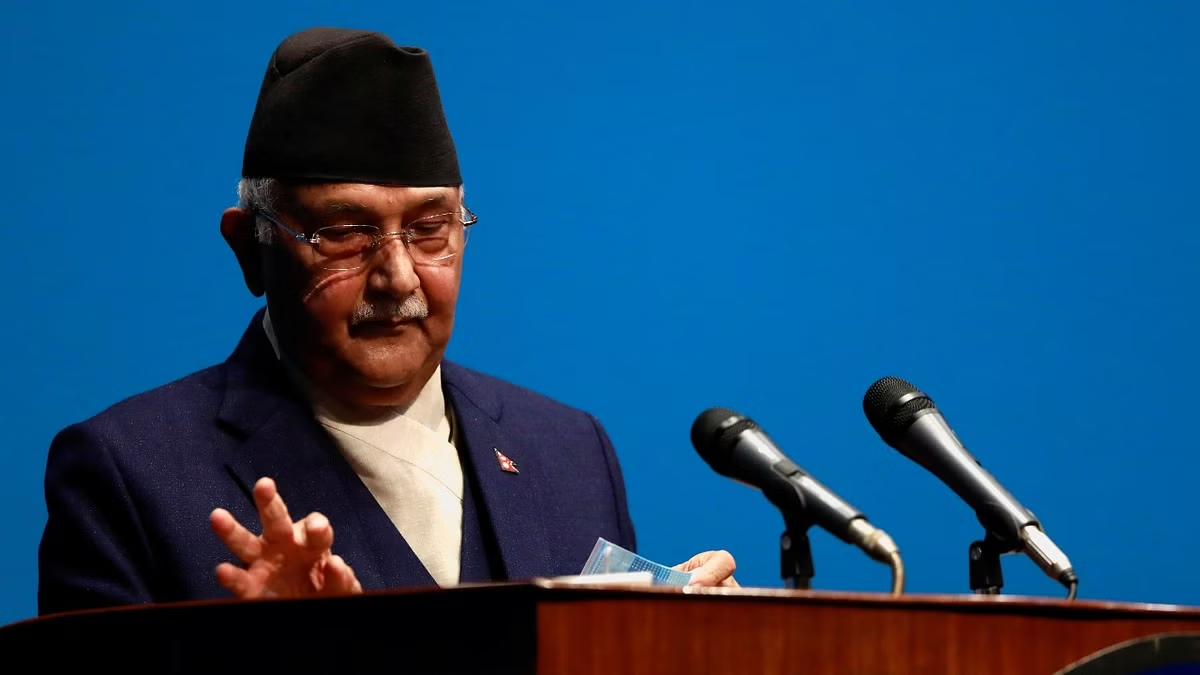
Will Nepal Finally Get Political Stability?
-
Current Political Landscape
KP Sharma Oli is set to return as Prime Minister under a new power-sharing deal with Sher Bahadur Deuba of the Nepali Congress. According to the agreement, Oli will lead the government for 22 months before Deuba takes over.
-
Hopes and Concerns
There is cautious optimism that the alliance between Nepal's two largest parties might bring the much-needed political stability. However, given Nepal's history of frequent government changes, skepticism remains. Political analysts like Dhruba Adhikary and Chandrakishore express concerns about governance and the potential for regressive policies under the new coalition.
-
Challenges Ahead
The new government faces significant challenges, including delivering basic governance, addressing social justice issues, and ensuring stable development. Critics argue that the coalition's primary focus might remain on maintaining power rather than addressing these pressing concerns.
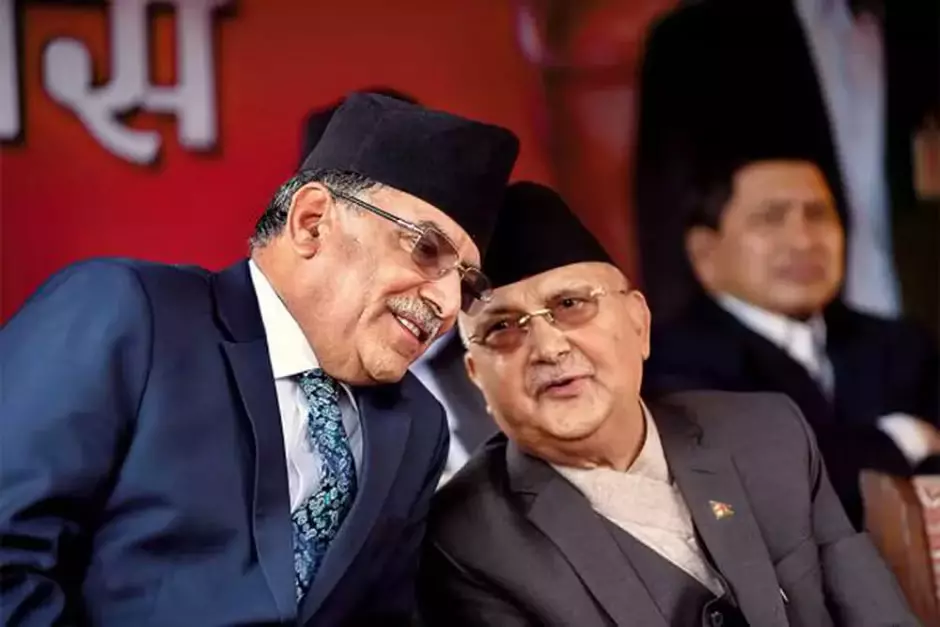
What Does Oli's Tenure Mean for India?
-
India-Nepal Relations
Oli's previous tenure was marked by a pro-Beijing stance and territorial disputes with India. In 2019, Oli asserted that areas of Lipulekh, Kalapani, and Limpiyadhura belonged to Nepal, leading to a major row with India. This culminated in Nepal's Parliament passing a constitutional amendment to include these areas in Nepal's map, further straining bilateral ties.
-
Recent Developments
Despite the tensions, diplomatic efforts in late 2020 helped reset bilateral exchanges. Former Indian Foreign Secretary Harsh Vardhan Shringla's visit to Nepal marked a significant step towards improving relations. As Oli returns to power, how he manages relations with India and China will be closely watched, impacting the regional geopolitical landscape.
Oli has defended the coalition with the Nepali Congress as a move towards political stability and development. However, skeptics like Jhalak Subedi question the longevity and effectiveness of this alliance, pointing to past failures in achieving stability despite having a majority. The coming months will be critical in determining whether Nepal can achieve lasting political stability under this new coalition government.
With inputs from agencies
Image Source: Multiple agencies
© Copyright 2024. All Rights Reserved Powered by Vygr Media.

